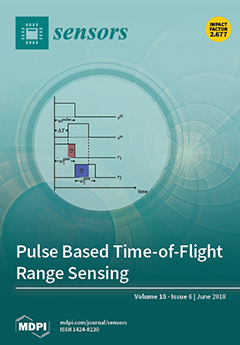1
Department of Clinical Pharmacology and Therapeutics, College of Medicine, Kyung Hee University, Seoul 02447, Korea
2
Department of Chemical and Biological Engineering, Korea University, Seoul 02841, Korea
3
Department of Biomedical Engineering, Dongguk University, Seoul 04620, Korea
4
Department of Biomedical Engineering, Yonsei University, Wonju 26493, Korea
5
Systems Biotechnology Research Center, Korea Institute of Science and Technology (KIST), Gangnueung 25451, Korea
6
Department of Pharmacy & Intergrated Science and Engineering Division, Yonsei University, Incheon 21983, Korea
7
Center for Institute of Advanced Composite Materials, Korea Institute of Science and Technology (KIST), Jeonbuk 55324, Korea
8
Department of Neurology, Kyung Hee University Hospital, Seoul 02447, Korea
9
Department of Electrical Engineering, Kwangwoon University, Seoul 01897, Korea
10
Department of Biomedical Engineering, Korea University, Seoul 02841, Korea
†
These authors contributed equally to this work.
add
Show full affiliation list
remove
Hide full affiliation list
Abstract
Determination of the conformation (monomer, oligomer, or fibril) of amyloid peptide aggregates in the human brain is essential for the diagnosis and treatment of Alzheimer’s disease (AD). Accordingly, systematic investigation of amyloid conformation using analytical tools is essential for precisely quantifying the relative
[...] Read more.
Determination of the conformation (monomer, oligomer, or fibril) of amyloid peptide aggregates in the human brain is essential for the diagnosis and treatment of Alzheimer’s disease (AD). Accordingly, systematic investigation of amyloid conformation using analytical tools is essential for precisely quantifying the relative amounts of the three conformations of amyloid peptide. Here, we developed a reduced graphene oxide (rGO) based multiplexing biosensor that could be used to monitor the relative amounts of the three conformations of various amyloid-β 40 (Aβ40) fluids. The electrical rGO biosensor was composed of a multichannel sensor array capable of individual detection of monomers, oligomers, and fibrils in a single amyloid fluid sample. From the performance test of each sensor, we showed that this method had good analytical sensitivity (1 pg/mL) and a fairly wide dynamic range (1 pg/mL to 10 ng/mL) for each conformation of Aβ40. To verify whether the rGO biosensor could be used to evaluate the relative amounts of the three conformations, various amyloid solutions (monomeric Aβ40, aggregated Aβ40, and disaggregated Aβ40 solutions) were employed. Notably, different trends in the relative amounts of the three conformations were observed in each amyloid solution, indicating that this information could serve as an important parameter in the clinical setting. Accordingly, our analytical tool could precisely detect the relative amounts of the three conformations of Aβ40 and may have potential applications as a diagnostic system for AD.
Full article






